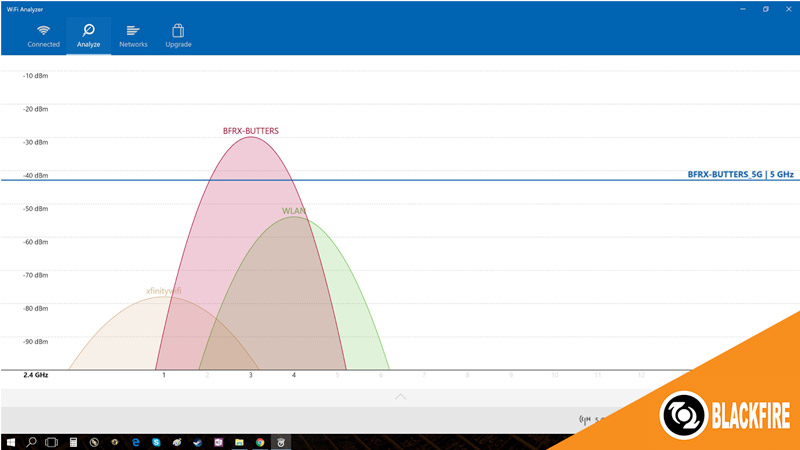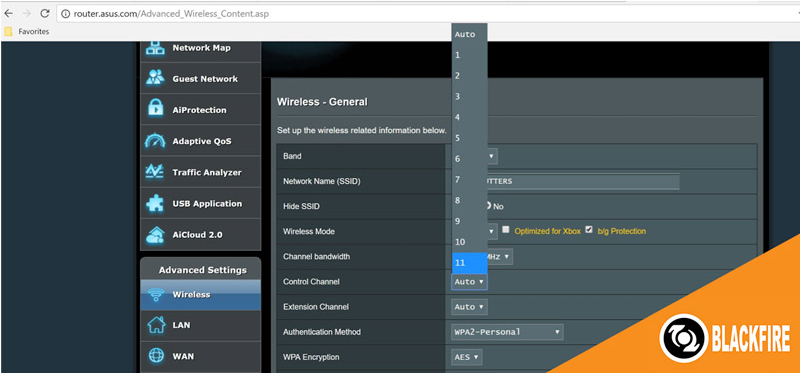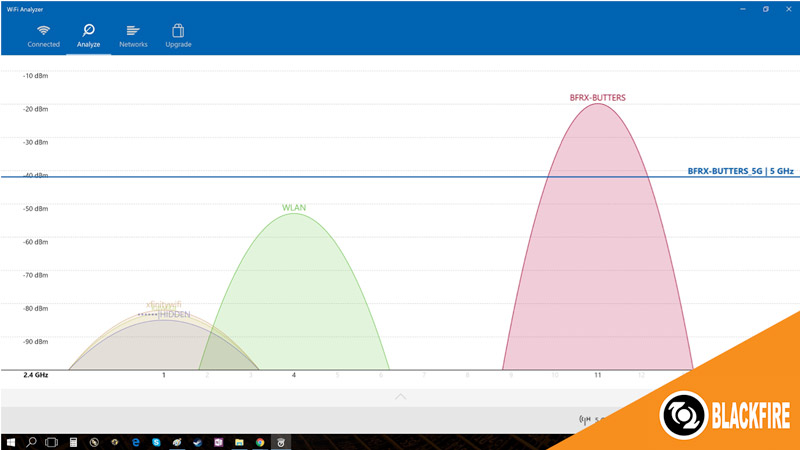Blackfire Research partner, Harman Kardon, recently released an updated version of their Omni Wireless Speakers, which they are calling The Omni+ Series. Like the first generation, the new series features the same lightweight, portable design of the Omni 10 and Omni 20, but this time, they’re trading in the glossy exterior for a more sophisticated matte finish (in both black and white.) Additionally, Harman Kardon has added another speaker to the series: The Omni 50+, a wireless HD indoor/outdoor speaker with a rechargeable battery, perfect for your next backyard BBQ. And of course, all speakers in The Omni+ Series feature Blackfire wireless multiroom technology built-in, so your favorite song can follow you from room to room.
One of the most exciting updates in the Harman/Kardon Omni+ Series is the addition of built-in Spotify Connect which lets you play your Spotify library through the Omni+ wireless speakers directly from the internet – freeing up your phone to take calls and do other things. But what if you have one or more of the first generation Omni wireless speakers and want to play music from your Spotify account throughout your home? With the addition of one or more Omni+ wireless speakers to your home, re-broadcasting Spotify Connect to your existing Omni collection is as easy as pressing a button. Literally.
Whether you have an Omni 10, an Omni 20, or Adapt, the process will be exactly the same. After you add any speaker from the Omni+ Series to your collection, initiate normal setup (make sure you have the latest version of the Harman/Kardon App first):
- Place the speaker in your desired location
- Connect it to a power source
- Open the Harman/Kardon app and follow the easy setup instructions
- Make sure you have added the new speaker to the same Wi-Fi network as your other speaker(s) and your source device(s)
Now that you have chosen a location, a name, and the correct network for the new speaker, you can begin to re-broadcast Spotify Connect throughout your home!
- With all your Omni and Omni+ wireless speakers on and connected to the same Wi-Fi network, open the Spotify App from your phone, tablet, or desktop
- With the Spotify App open, click on “Devices Available” at the bottom of the page

- Find the name you’ve given to your new Omni+ Wireless Speaker on the list of available devices. Since the Omni+ speakers all have Spotify Connect built-in, it will show up as an available device on the Spotify App automatically
- Choose your Omni+ Speaker from the list as your playback device
- Test the connection by choosing a song to play from your Spotify account – music should now be playing from your new Omni+ speaker
While music plays from your new Omni+ speaker, you have two options of how to re-broadcast Spotify Connect from you Omni+ speaker to your Omni speaker(s). You can either:
Press and hold down the “Slash Button” on the top of your Omni+ speaker until all of the Omni speakers in your collection start playing the same song
OR
Press the “Slash Button” on each individual Omni speaker so you can control which specific speaker(s) to re-broadcast to (in case you don’t want to re-broadcast Spotify Connect to all of your wireless speakers.)
These same steps apply if you want to stop re-broadcasting Spotify Connect to your Omni speakers: simply press and hold down the “Slash Button” on your Omni+ speaker, or, press the “Slash Button” on each individual Omni speaker to stop the re-broadcasting.
And that’s it! Re-broadcasting Spotify Connect from an Omni+ Wireless Speaker to your first generation Omni collection is as easy as pressing a button. Now you can enjoy music from your Spotify account played from any speaker, throughout your entire home. Did someone say “Party?”










